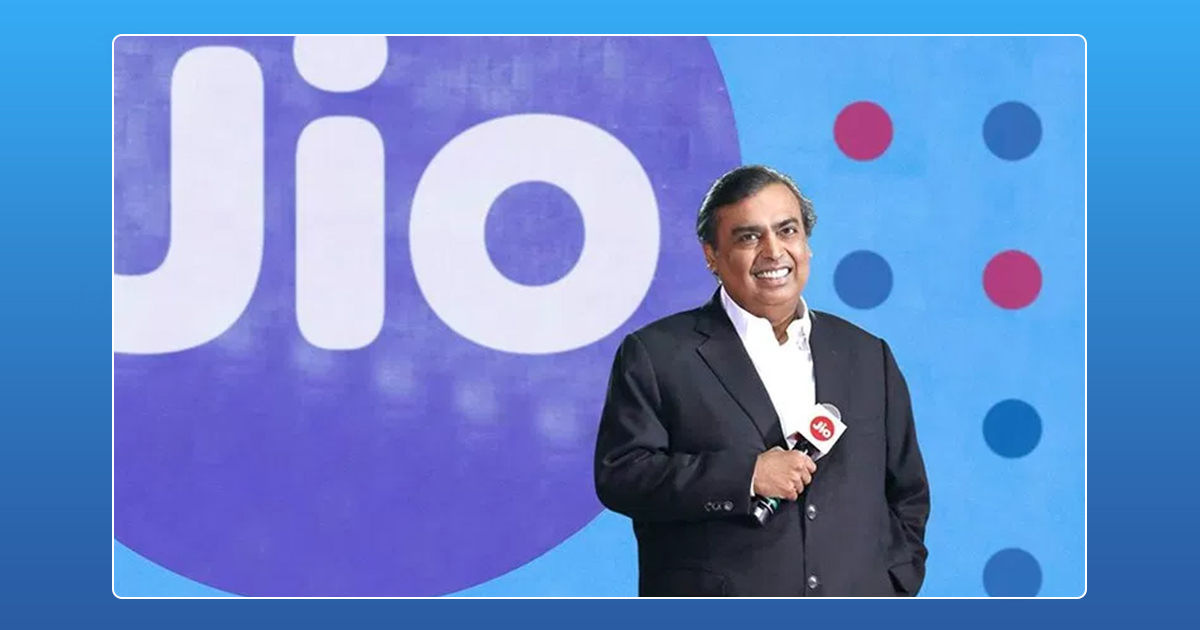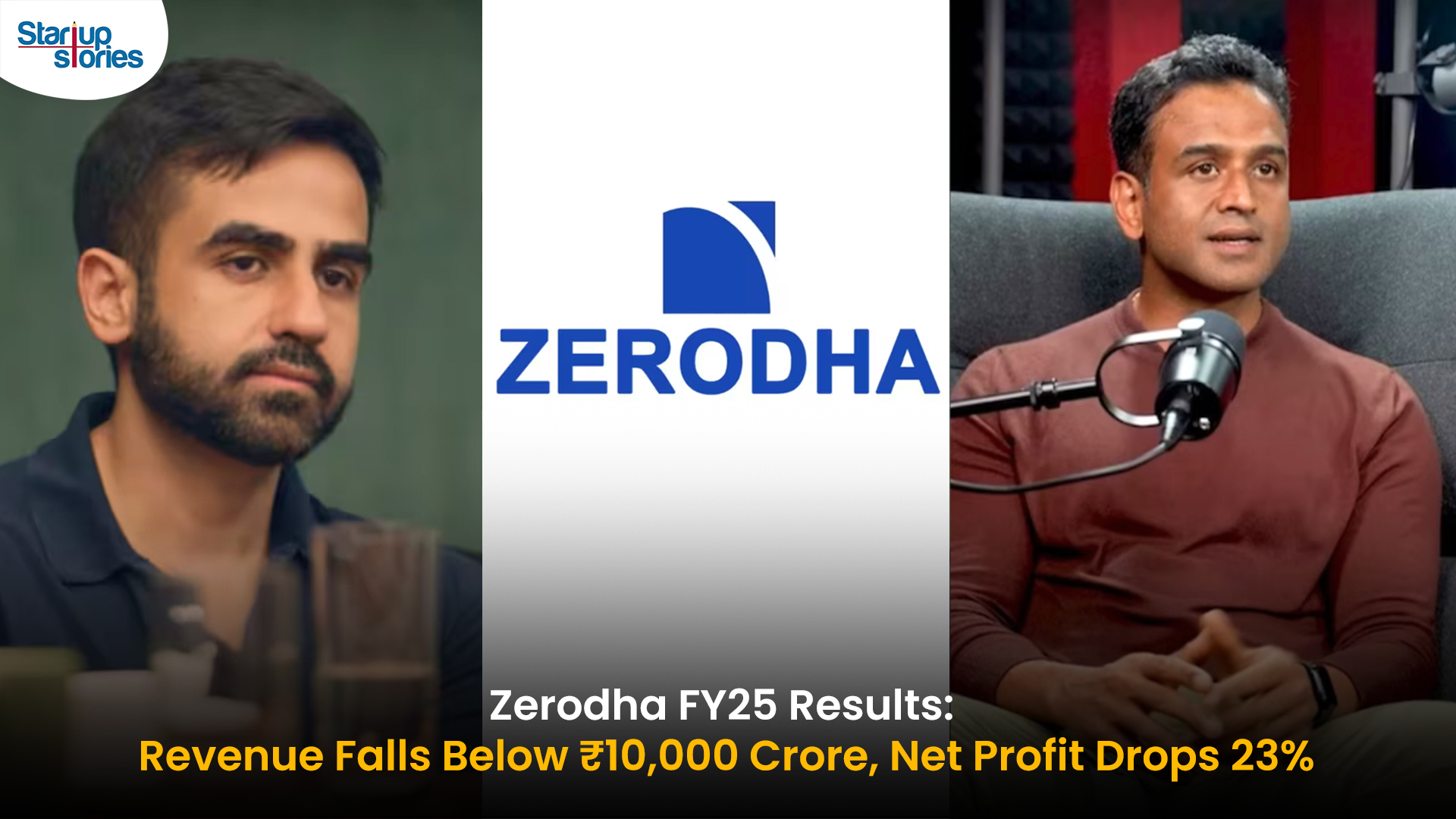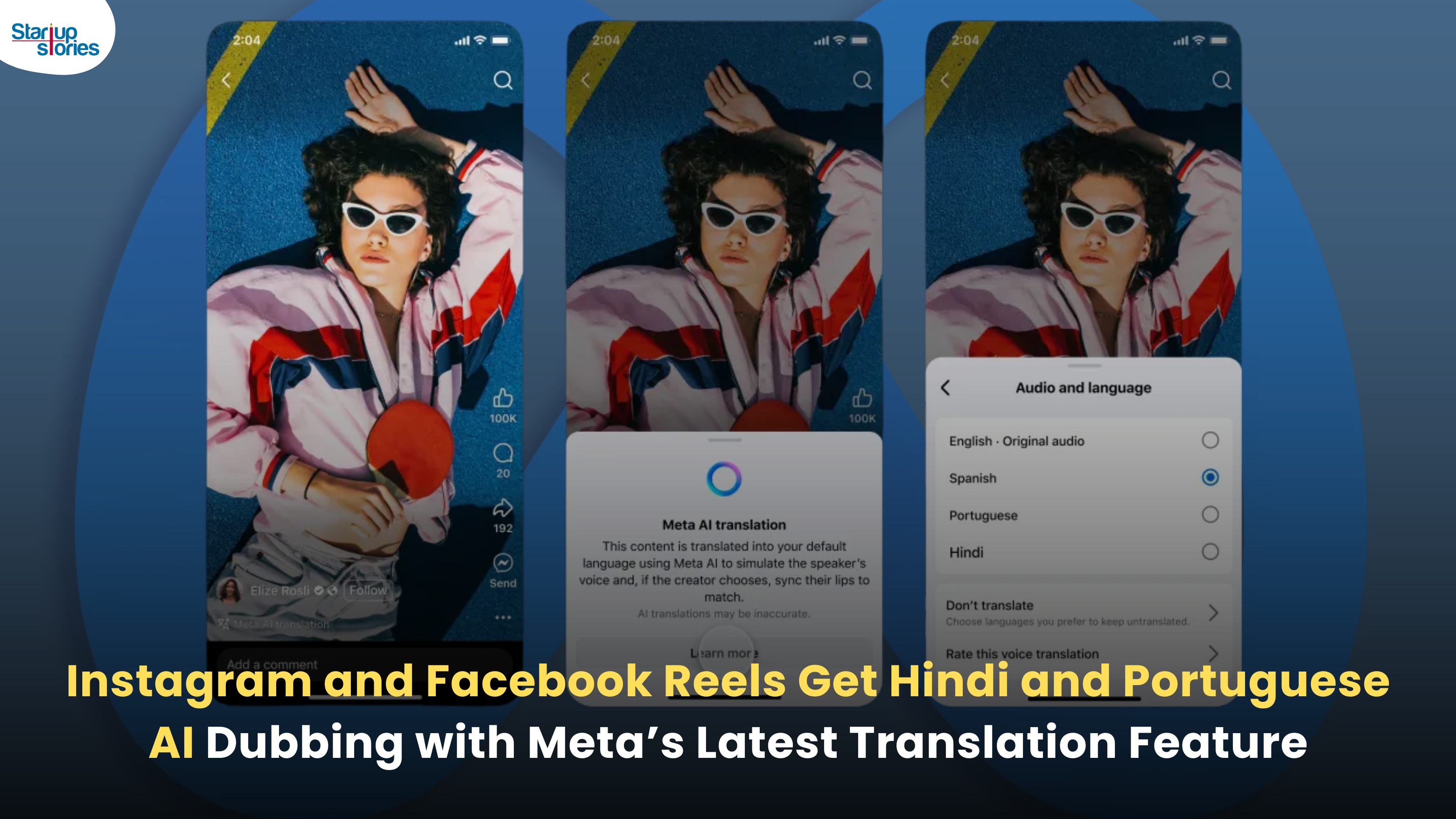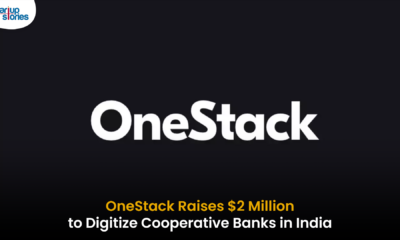Latest News
Mukesh Ambani: India’s Richest Man For The Tenth Year

The success stories of Indian entrepreneurs continues to scale new heights. India’s economic growth slowed down this year due to Demonetization and the nationwide roll out of the GST. But, according to Forbes India’s 100 Rich list, the combined wealth of the nation’s 100 richest people reached a staggering $ 479 billion despite the slump in growth.
Several newcomers were added to this years list including O.P. Jindal group’s Chairperson Savitri Jindal and biotechnology pioneer Kiran Mazumdar-Shaw. However, one name has topped the list of India’s richest people a multiple number of times. The Chairman and Managing Director of Reliance Industries, Mr. Mukesh Ambani cemented his decade long hold on the number 1 spot by adding a staggering $ 15.3 billion to his net worth. His net worth swelled to $38 billion, making him one of Asia’s top five richest persons. According to Forbes, Ambani’s shares were boosted due to Reliance Jio’s unmatched success since it’s launch in 2016. At present, the telecom giant has close to 130 million registered customers.
Younger brother and chairman of the Reliance Group, Anil Ambani, was ranked much lower at 45th place with a net worth of $ 3.15 billion. Reliance, which was founded by business tycoon Dhirubhai Ambani, was divided between the two brothers after the demise of their father in 2002. Since then, Mukesh Ambani has run the oil and gas giant Reliance Industries while Anil Ambani runs his separate empire in telecom, financial services, media and infrastructure industries.
Azim Premji took up the second spot on the list, moving up two places from last year, with a net worth of $ 19 billion. The Hinduja family, which comprises of the four brothers Srichand, Gopichand, Prakash and Ashok Hinduja, take up the third position with a combined net worth of $ 18. 4 billion. The multinational conglomerate Hinduja Group’s business ranges from trucks and lubricants to banking and cable television.
This year, seven women joined India’s Richest list with Savitri Jindal taking up the highest position at the 16th spot with a net worth of $ 7.5 billion. The co founder of Yes Bank, Rana Kapoor along with Dinesh Nandwana of the egovernance services firm Vakrangee and the founder of the digital wallet Paytm, Vijay Shekhar Sharma were the newest entrants.
Watch the success story of India’s richest man Mukesh Ambani here –
Latest News
Zerodha Reports 23% Profit Decline in FY25 as Revenues Miss Target

Zerodha experienced a challenging FY25, as its revenue fell 11.5% to ₹8,847 crore and net profit dropped 22.9% to ₹4,237 crore. This decline reflects tougher regulatory conditions, lower trading volumes, and increased operational costs in the brokerage market, all of which impacted core earning segments for the company.
Despite these headwinds, Zerodha improved its operating margin to 63.78% and built up significant cash reserves, reporting ₹22,679 crore in bank balances. Salary expenses and director remuneration increased, but disciplined cost controls helped the company maintain profitability and a debt-free balance sheet. The drop in active clients and increased compliance costs further contributed to the profit contraction.
Looking ahead, Zerodha’s resilience is supported by its robust cash position and operational efficiency. Maintaining steady margins, diversifying product offerings, and investing in technology positions the company to withstand future regulatory fluctuations and changing market sentiment reinforcing its status as one of India’s leading brokerage firms.
Latest News
Zoho Pay Debuts as India’s New UPI Challenger, Taking on PhonePe, Paytm, and Google Pay

Zoho Corporation has expanded its fintech portfolio with the launch of Zoho Pay, a UPI-based payments app built to challenge India’s top digital payment giants such as PhonePe, Paytm, and Google Pay. The new app supports peer-to-peer transfers, bill payments, QR-based transactions, and merchant settlements in a streamlined interface. Available as both a standalone app and an integrated feature inside Zoho’s privacy-driven messenger Arattai, Zoho Pay enables users to handle chats and payments in one platform, emphasizing data privacy and Made-in-India innovation.
Through seamless integration with Arattai, Zoho Pay allows users to send or request payments, split expenses, and conduct UPI-based transactions directly in their chat windows. Users can link bank accounts, scan dynamic QR codes, and receive audio confirmations of payments, ensuring speed and security. This design mirrors the simplicity of India’s leading UPI apps but is powered by Zoho’s non-advertising, privacy-first model. The integration aligns with Zoho’s mission to build a self-reliant digital ecosystem, where messaging and money management coexist securely.
In the competitive digital payments market, Zoho Pay differentiates itself through its tight business software integration with apps like Zoho Books, Zoho Payroll, and Zoho Commerce, offering small businesses unified access to payments, billing, and accounting. The company is also expanding its reach with POS devices for merchants featuring UPI QR, card payments, and instant reconciliation tools. With founder Sridhar Vembu’s vision of a ‘Chat + Pay’ ecosystem, Zoho Pay reflects a bold step toward redefining India’s fintech scene with a secure, ad-free, and locally developed alternative to global payment platforms.
Latest News
Meta Expands AI-Powered Reels Translation to Hindi and Portuguese, Enhancing Global Creator Reach

Meta has expanded its AI-powered translation feature for Reels to include Hindi and Portuguese, joining English and Spanish in empowering creators to reach a broader global audience on Instagram and Facebook. Originally launched in August 2025 with support for English and Spanish, this update now allows creators to seamlessly translate and dub their short videos, breaking language barriers across some of the largest Reels markets worldwide. The AI technology mimics the creator’s voice tone and even offers lip-syncing to ensure the translated videos feel natural and engaging for viewers.
This enhancement is especially significant for India, the largest market for Facebook and Instagram, where over 600 million people speak Hindi. Content creators who are not fluent in Hindi can now easily access this vast audience, increasing their reach and engagement across diverse linguistic groups. To maintain transparency, all translated Reels are clearly labeled with “Translated with Meta AI,” and viewers can choose to switch translations on or off based on their preference.
In addition to voice dubbing, Meta is developing features to translate captions and text stickers on Reels, making content more accessible even without sound. These AI translation tools are available free for eligible public Instagram accounts and Facebook creator profiles with over 1,000 followers. This innovation reinforces Meta’s commitment to fostering cross-cultural content sharing and enhancing creators’ ability to connect with audiences around the world through short-form videos.














Kuwin
November 6, 2025 at 12:16 am
kuwin sở hữu kho game đa dạng từ slot đến trò chơi bài đổi thưởng, mang đến cho bạn những giây phút giải trí tuyệt vời.
J88
November 8, 2025 at 1:35 pm
Đến với J88, bạn sẽ được trải nghiệm dịch vụ cá cược chuyên nghiệp cùng hàng ngàn sự kiện khuyến mãi độc quyền.
谷歌站群
November 9, 2025 at 1:08 pm
专业构建与管理谷歌站群网络,助力品牌实现全域流量的强势增长。谷歌站群
iwin
November 11, 2025 at 1:47 pm
iwin – nền tảng game bài đổi thưởng uy tín, nơi bạn có thể thử vận may và tận hưởng nhiều tựa game hấp
MM88
November 15, 2025 at 5:10 pm
Với giao diện mượt mà và ưu đãi hấp dẫn, MM88 là lựa chọn lý tưởng cho các tín đồ giải trí trực tuyến.
MM88
November 21, 2025 at 9:55 pm
Khám phá thế giới giải trí trực tuyến đỉnh cao tại MM88, nơi mang đến những trải nghiệm cá cược thể thao và casino sống động.
GO88
November 29, 2025 at 9:34 am
Tham gia cộng đồng game thủ tại Go88 để trải nghiệm các trò chơi bài, poker phổ biến nhất hiện nay.